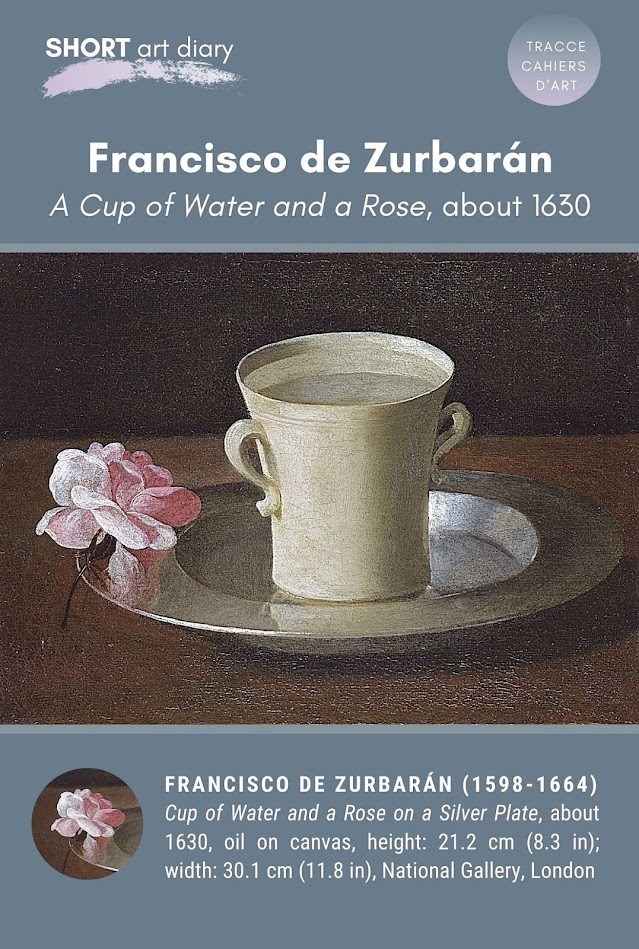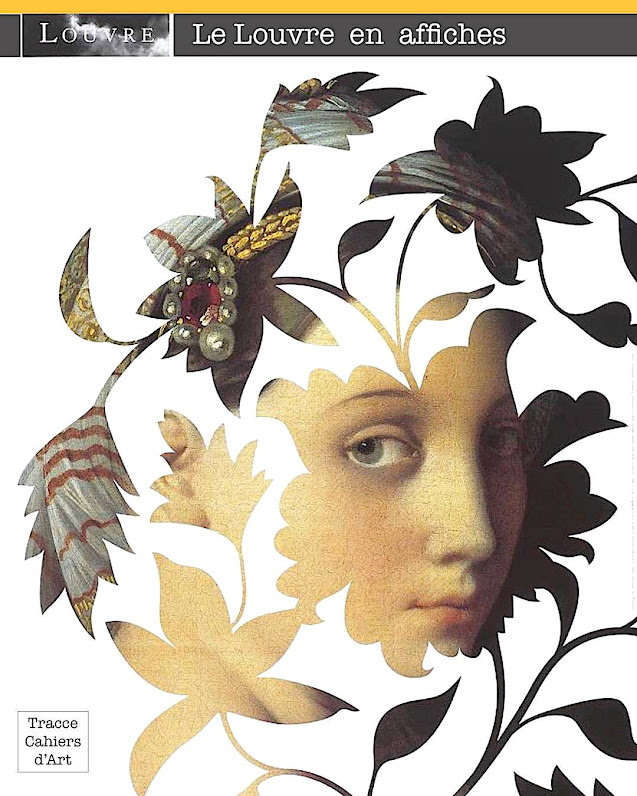SHORT Art diary • FRANCISCO DE ZURBARÁN, A Cup of Water and a Rose, 1630, National Gallery, London

di Marianna Montaruli e Beniamino Vizzini
Libere Corrispondenze d'Arte
Art Editions and Free Art Press ITALY
Novembre 2025



Exposition
— ATELIER LCDARTE - Libere Corrispondenze d'Arte (@LCDARTE) April 7, 2025
"EUGÈNE BOUDIN, le père de l’impressionnisme : une collection particulière" au musée Marmottan Monet à Paris. Du 9 avril au 31 août 2025.
La lumière surtout ! Chercher son rayonnement, la fulguration, la condenser, la poursuivre dans sa chaleur, Eugène Boudin
Connu… pic.twitter.com/aQXdpdBXLd
Exposition : Julie Manet et ses cousines, la liberté de créer au féminin, Les Franciscaines, Deauville (Calvados), Normandie. Jusqu'au 11 mai 2025. Sur notre chaîne whatsapp ATELIER LCDARTE Free ART Press 🔵https://t.co/uNN5WvsL48
JULIE MANET (1878-1966) : nièce d’Édouard…It's online the New Edition by @LCDARTE
— ATELIER LCDARTE - Libere Corrispondenze d'Arte (@LCDARTE) December 8, 2024
FÉLIX VALLOTTON and the sense of présage
🔵https://t.co/pwtGXxRhG1
Italian-English, eBook, 28 pages, LCDARTE
I raffinati dipinti di FÉLIX VALLOTTON (Losanna 1865 - Parigi 1925) nella nuova edizione eBook Italiano-Inglese… pic.twitter.com/nUR8ISSq42